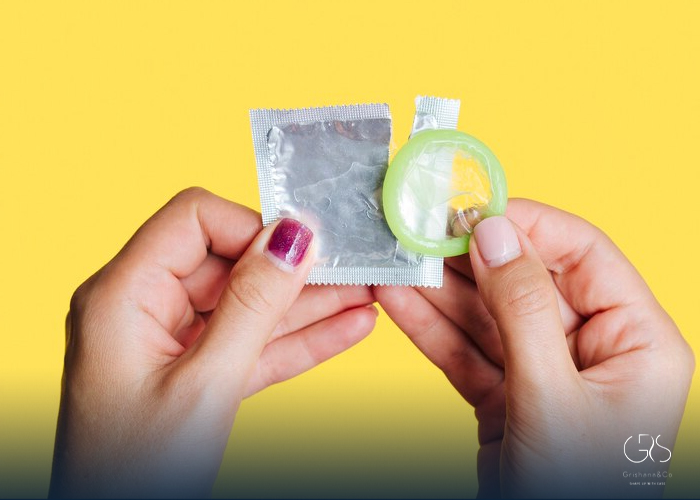When it comes to safe and responsible sexual activity, condoms are an essential tool for protection against sexually transmitted infections (STIs) and unwanted pregnancies. However, selecting the right condom can be overwhelming, as there are numerous options available in the market. This article aims to guide you through the 11 types of condoms, taking into consideration statistics, diverse perspectives, and expert recommendations to help you find the best option suitable for your needs.
1.Basic Latex Condoms:
Basic latex condoms are the most widely used and easily accessible option. They are affordable, effective, and offered by various trusted brands. Latex condoms provide excellent protection against both STIs and pregnancies, with an average failure rate of 2% to 3%. They are safe to use for most people, except those with latex allergies.
2.Non-Latex Condoms:
For individuals with latex allergies or sensitivities, non-latex condoms are a suitable alternative. They are usually made from materials such as polyisoprene, polyurethane, or lambskin. Non-latex condoms provide similar protection to latex condoms, but it is important to note that lambskin condoms are not effective against STIs due to their porous nature.

3.Thin Condoms:
Thin condoms are designed to enhance sensation during intercourse while providing the necessary protection. They are made from ultra-thin latex or polyurethane, allowing for increased sensitivity and a more intimate experience. Despite being thinner, these condoms are still highly effective in preventing STIs and pregnancies.
4.Ribbed or Textured Condoms:
Ribbed or textured condoms feature raised ridges, dots, or other textures on the surface to enhance the sexual pleasure for both partners. These condoms are a popular choice to add stimulation and excitement during intercourse, while still providing the necessary protection.
5.Flavored Condoms:
Flavored condoms are designed to enhance oral sex experiences by adding taste options such as fruit, mint, or chocolate. They can make protected oral sex more enjoyable, thereby promoting safer sexual practices.

6.Spermicidal Condoms:
Spermicidal condoms are coated with a spermicide called nonoxynol-9, which immobilizes or kills sperm to prevent pregnancy. However, it is important to note that nonoxynol-9 may cause irritation in some individuals. Additionally, recent studies suggest it may not provide additional protection against STIs and could potentially increase the risk of HIV transmission.
7.Large or XL Condoms:
For those needing a larger fit, such as individuals with a larger penis size, large or XL condoms are suitable. These condoms offer a comfortable and secure fit, preventing possible breakage or slippage during sexual activity.
8.Snug or Small Condoms:
On the other hand, for individuals who require a smaller size condom, snug or small condoms provide a better fit, reducing the risk of slippage or discomfort during use.
9.Delay Condoms:
Delay condoms, also known as climax control condoms, are designed to prolong sexual pleasure and delay ejaculation. These condoms are often coated with a slight numbing agent, such as benzocaine or lidocaine, on the inside to help reduce sensitivity and extend performance time.
10.Glow-in-the-Dark Condoms:
While primarily a novelty condom, glow-in-the-dark condoms can add an element of fun and excitement to sexual experiences. They are just as safe and effective as regular condoms, providing protection against STIs and pregnancy.
11.Female Condoms:
Unlike traditional male condoms, female condoms are inserted into the vagina before sex, offering an alternative method of protection. Female condoms provide control to women and have similar effectiveness rates to male condoms.
Conclusion:
Choosing the right condom is a personal decision that depends on individual preferences, medical considerations, and sexual activities. It is crucial to keep in mind that no single type of condom is suitable for everyone, and experimentation may be necessary to find the best fit for you. Consider the diverse perspectives and expert recommendations outlined in this article, along with any guidance from healthcare professionals, to ensure the optimal combination of comfort, sensitivity, and protection for your specific needs.
Sources
- Planned Parenthood, How effective are internal condoms?
- Cosmopolitan, We Tested the 10 Best Condoms, and Here's What Our Peens (and Vaginas) Had to Say
- Healthline, The Best Condoms for 2021, According to Experts
- Centers for Disease Control and Prevention (CDC), Condom Fact Sheet In Brief
- American Sexual Health Association, Condoms—Exploring the Options










